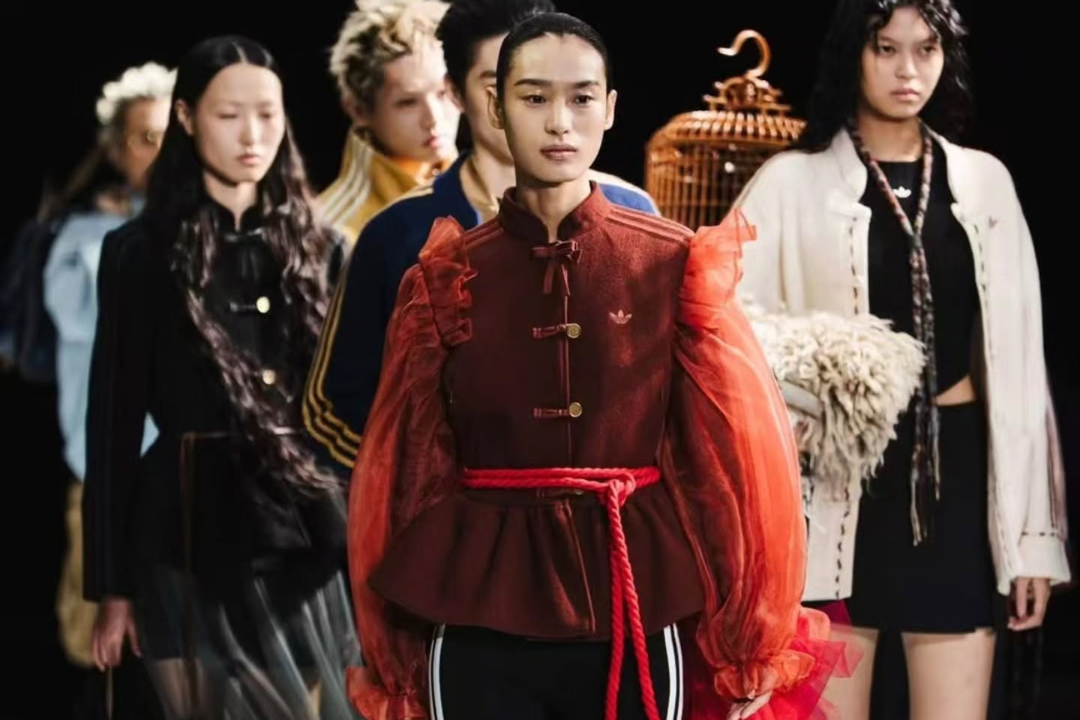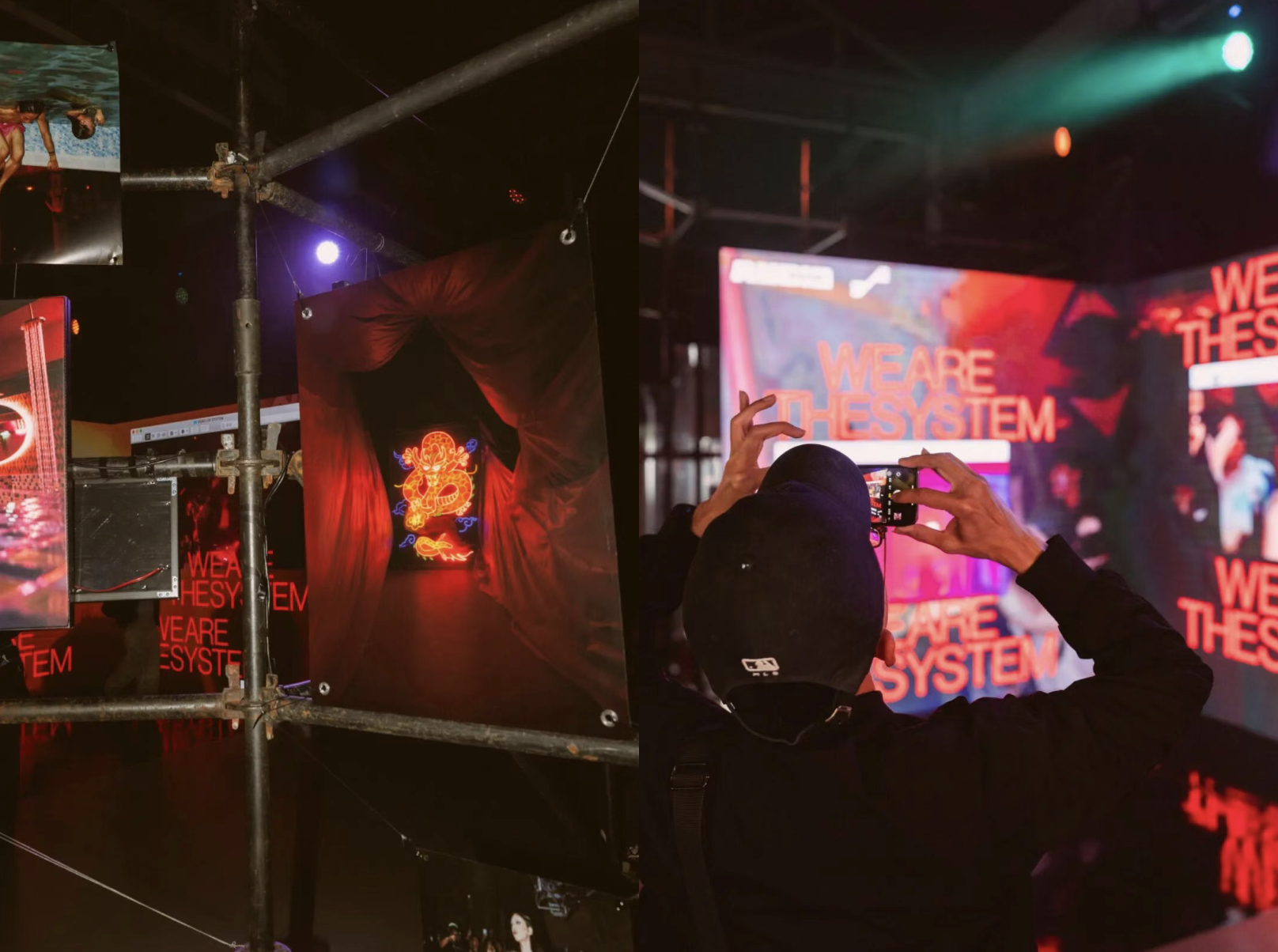It’s Halloween season, and we’re suckers for a creepy adventure.
A month or two ago, our local friend Kenzy clued us in to The American Dream – an abandoned, America-themed amusement park on the outskirts of Shanghai, at which point we promptly called a DiDi and cabbed over to take pictures (thanks Kenzy!). So when Kenzy casually mentioned that downtown Shanghai was also home to a supposedly haunted mansion, the site of scores of high-profile suicides, we were already pulling up DiDi on our phones.

The mansion was completed in 1924, designed by Hungarian-Slovak architect László Hudec. It was originally called the Normandie Apartments, inspired by the World War I-era Normandie battleship, reflected in the building’s looming, ship-like presence. It housed Western employees working in Shanghai’s foreign concessions, until 1942, when it was bought up by the daughter of a wealthy Chinese banker. In the years that followed it became a hotspot, and home to a string of celebrities in Shanghai’s booming film and entertainment industry.
But as the years passed by and China’s cultural landscape began to shift, the vibrant building started to sour. With Mao in power, public opinion turned against the once-adored actors and actresses in the mansion. The internationally-minded artists and intellectuals who lived there became targets of the political fervor sweeping the city, and were subject to constant harassment at the hands of their fellow citizens. The tower was renamed Anti-Revisionist Tower by the Red Guards, but locals nicknamed it The Diving Board, after the dozens of suicide jumps that occurred there.

One A-list resident at the time was Shangguan Yunzhu, who rose to fame in the swinging 1940s and was considered one of the most talented and versatile actresses in China. She was also a personal favorite actress of Mao Zedong’s. The mayor of Shanghai set up a private meeting between the two, where Mao told her he was a fan. He was said to have requested to meet with her “in private” many times.
It didn’t sit well with the prevailing cult of personality which held Mao as a savior, idol, or infallible king. Shangguan was badly beaten by followers of Mao’s wife Jiang Qing, and pressed to confess her relationship with the Chairman. At 3:00 AM on the 23rd of November, 1968, Shangguan jumped from her balcony to her death.

On Halloween morning, as I rode to meet my photographer at the mansion, President Xi was in Shanghai, and the roads were completely blocked up by police barricades. I gave up and scanned some money to my taxi driver, jumped out of the unmoving cab, and hopped onto an OFO bike to cover the remaining distance.
The neighborhood and the building itself are both jarringly pleasant. Coffee and flower shops dot the streets on either side, and you can see grandmothers and grandfathers walking small children home from school. I ran into our photographer Edward having a conversation with a smiling older woman visiting from Hong Kong.
“I live in Hong Kong but I’m in Shanghai often,” she told us. “I visit this building every time I’m here, for at least five minutes. I used to go inside but the security guards recognize me now, so I just admire it from the pavement. It’s my favorite building in Asia!”
She seemed happy that two young foreigners also found themselves drawn to the building, like she wanted to share its story with the world. As it turns out, there’s a niche group of László Hudec superfans in China, who visit his buildings regularly and share their experiences with each other on Douban. We realized we’d come across a wu fen — an abbreviation for “Hudec fan” — from Hong Kong, who was thrilled to be in her natural habitat.
“This building used to be the tallest in the area, which is why so many people came here to commit suicide!” she added, smiling, before wishing us goodbye.

The “Normandie Apartment” sign at the entrance gives a peek into the tower’s former identity

Lobby of Wukang Mansion
Her comments also bring us to another key point. She’d mentioned the security guards because, technically, only residents are allowed inside the tower. The mansion is a protected building in Shanghai, but it still has a lot of people living in it. Most are old folk who held over their property ownership from earlier years. They likely don’t want to be dealing with the flood of Hudec fans and ghost-seekers, all eager to creep around in their apartment building.
I don’t know if you’ll be able to get in — I tried last time but was asked to leave, our friend Kenzy admitted.
And that’s why the title here is “Rare Photos from Inside Shanghai’s Haunted Mansion,” keywords being rare and inside. If you Google Wukang Mansion, most of the photos are of the buildings iconic street view, or of the doorways and arches on the outside ground floor. But we wouldn’t do you like that.
If you ever find yourself needing to get into Wukang Mansion, hang around outside the lobby until a resident enters and presses for the elevator. When it arrives at the ground floor, walk with determined momentum from the street outside directly into the elevator, without breaking stride. Press the button for the top floor, and set your EMF detectors to Get Spooky.

The building is kind of at odds with itself. It’s old in the old way — Neoclassical and early Art Deco come together for a kind of Gothic feel, with Roman numerals and high, rolling scaffolding bringing you immediately out of the everyday Shanghai experience. But it’s also old in the new way — exposed electrical wiring and clothes hanging out to dry in the hallway bring you back to reality. The building is one part mysterious, romantic past, and one part concrete, pragmatic present.

“It’s definitely kinda creepy up here,” said Edward.
And he was right. There was some kind of tangible aura to the place. There was a barrier layer of scaffolding on the outer edges of the windows, but it was unclear whether it was a jumper-deterrant, or if it served a more practical purpose.

The seven-story drop used to be the highest in the area, and the quickest route to a painless death
I’d like to say we heard faint, wavering theme music playing from Shangguan Yunzhu’s 1947 classic Tears of the Yang-Tse, but we didn’t. What we did hear was the sound of people walking up and down the halls. We would have our camera out taking pictures, and rush to conceal it when we heard approaching footsteps — but nobody would come. The sound would stop abruptly, and we’d listen for a moment or peek around the corner to find nothing. We can’t say whether it was a decades-old piping system built into the mansion’s decaying walls, or something else.

Empty corridors contrast the sound of nearby movement
One other thing we noticed was the windows. They popped open normally to allow for a flow of air through the stuffy halls. But when I suggested climbing through one onto a balcony for an outdoor shot, we realized that the edge-most windows had been sealed shut. The lever wouldn’t turn, and the edges of the window had been glued and painted over against their frame. I haven’t heard of anyone coming to Wukang Mansion to jump in recent years, but it doesn’t mean that the city won’t take precautionary measures with its protected historical buildings.

Traditional symbols of honor and fortune hang in a resident’s doorway
After having our fill, we climbed back into the elevator, rode the quiet descent to the ground floor, and stepped out into the sunlight. It was a beautiful day, definitely a good time for President Xi to be visiting. The air was clean and brisk, and with October coming to an end, the last straggling trees had traded out their summer greens for autumn reds. The brick of the Wukang Mansion looked clean and welcoming, right at home in the quiet, good-natured streets of the former French Concession.
We can’t say definitively whether we think there’s truth to the mansion’s ghost rumors. But we will say that we think it’s worth going to find out for yourself.
Photos by Edward Evenson for Radii China. Find more of his shots from around the world on Instagram: @mr.edward_evenson















